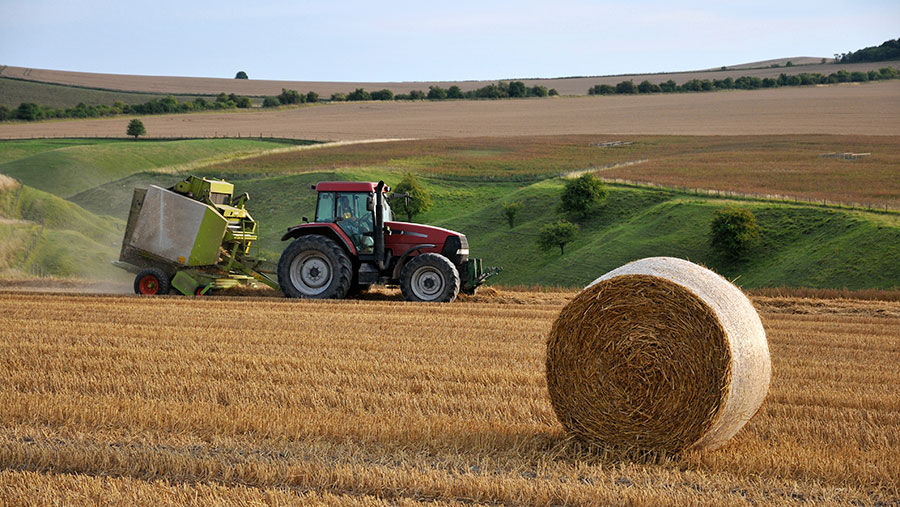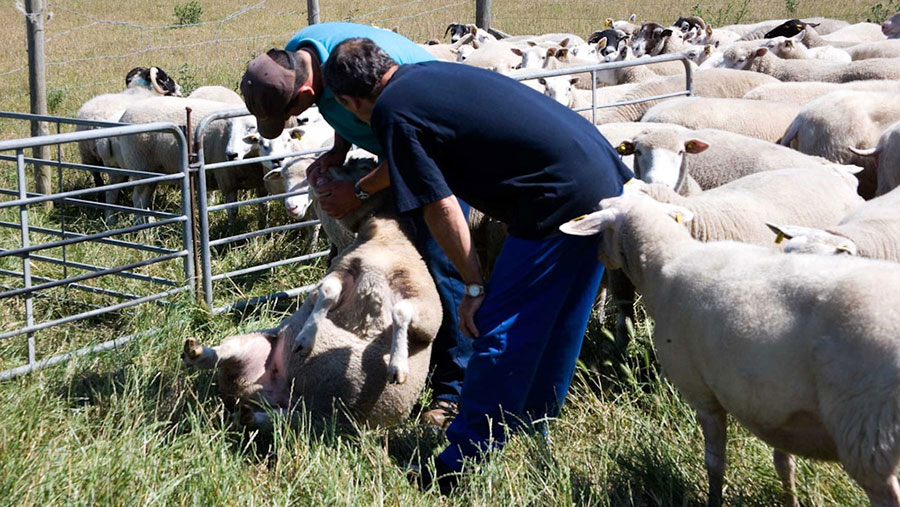Advertiser content
Get rewarded for sustainable food production
Provided by
The Sustainable Farming Incentive (SFI) rewards farmers for farming practices that help produce food sustainably and protect the environment.
Find out how SFI can work for you.
Visit: gov.uk/future-farming
Basic Payments are being phased out. The funding is being made available for environmental land management schemes, such as the new Sustainable Farming Incentive (SFI).
SFI offers all farmers a reliable income while supporting food production. So how does it work?
Under the Sustainable Farming Incentive (SFI), farmers can get paid for simple management practices that complement healthy food production while also benefiting the environment.

© Defra
Drawing on four years of farmer tests and trials, the SFI has evolved into a flexible, practical scheme with pick-and-mix options to suit every farming system, from lowland to upland and owner to tenant.
The options work alongside real farming, and the scheme’s quarterly payments ensure a secure, regular income.
All farmers in SFI will receive a £20/ha management payment for the first 50ha, totalling £1,000/year. For the first time covering the costs of having an agreement and making the scheme more attractive for smaller farms.
“Basic Payments are reducing and will be phased out by 2027, so now is the time to start looking at alternative income streams,” says Rt Hon Mark Spencer MP, Minister of State for Food, Farming and Fisheries.
“The money is being invested into new schemes to support farming and the countryside, and the SFI is the most accessible of these.
“This approach is designed to help everyone manage the transition away from direct payments as smoothly as possible.”
Many farmers are already moving to sustainable practices, which is why Defra has designed the SFI in partnership with thousands of producers, to reflect and build on the good work already being done.
SFI has been expanded and improved, based on their feedback. The current offer has a wider range of options – you can get paid for 23 in total.
“You can also have a Countryside Stewardship or Environmental Stewardship agreement alongside the SFI, so can combine the different options.
“We just won’t pay you twice for carrying out the same action on the same piece of land.”
Farmers can combine SFI actions and there is no minimum area of land required. “Many of the actions work hand-in-hand with food production and you can design them to fit around your productive land.”
Beef and sheep farmer Ian May is looking to build a business that’s resilient for the long-term. “SFI helps you do that. You can start up very simply, building on what you’re doing already.”
Wheat producer Paul Brown agrees: “Farmers are here to produce food, SFI will help us do that…and it will help support the environment at the same time. It’s win-win.”
Get regular payments for sustainable food production.
Find out how the Sustainable Farming Incentive can work for you.

© Defra
Areas that SFI covers
SFI includes 23 stackable actions for which farmers can be paid. These cover:
Soil health: Reduce the impact of rising cost of products like fertilisers, pests and animal feeds and take steps to improve your farm’s soil health. This will boost its long-term productivity and resilience, while also providing environmental benefits.
Moorland: Understand the condition of the environment on your moor, and how to improve it further.
Hedges: Manage biodiversity decline to increase yields by managing your hedges, and planting more hedge trees.
Integrated pest management (IPM): Work with a trusted agronomist to plan how to reduce spending on pesticides by encouraging natural pest predators.
Nutrient management: Get help to improve plant growth with less need to buy inputs.
Wildlife: Provide habitat and food sources for birds, pollinators and other wildlife on your land. Supporting pollinators, for example, is vital for crop pollination and thus yield.
Buffer strips: Use grass strips to keep your soil and nutrients where they’re meant to be, benefiting your own farm health and the wider environment.
Low input grassland: Work with nature by reducing stocking rates and costly inputs.
